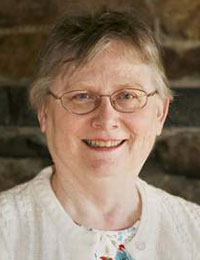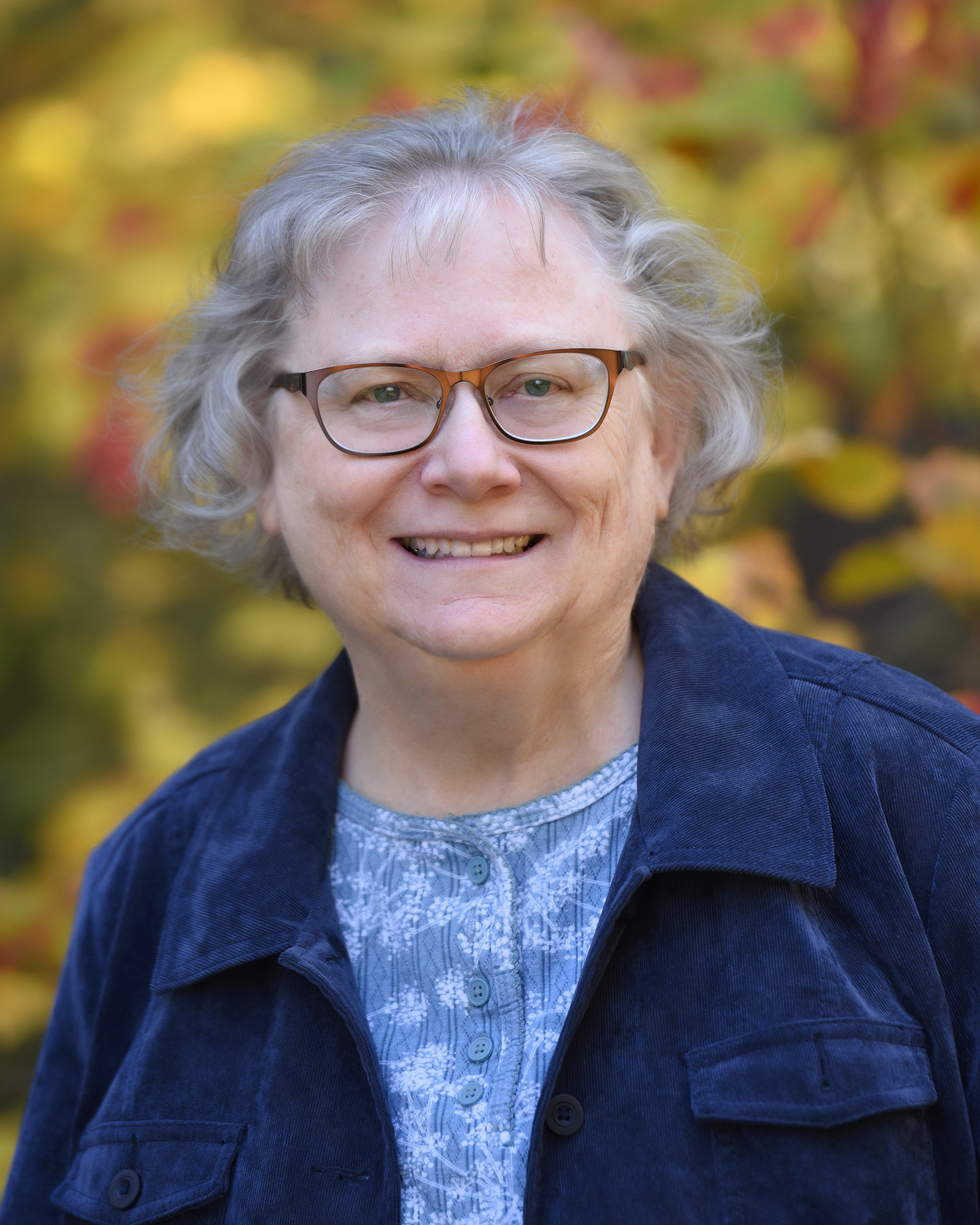 The seventy-ninth anniversary of my parents’ marriage falls on 30 March 2014. They were married for 71 years before my mother’s death at age 99 years, 6 months, and 9 days in 2006. Mom was my connection to genealogy. Her mother was the last of her branch of the family and inherited and treasured all of the possessions, lore, and memories that came down to her. They’ve all been passed to me now.
My father, on the other hand, didn’t care a fig for genealogy. He was a first-generation American born to English and Welsh immigrant parents. Although some of the most interesting stories come out of his side of the family, which I’ll share someday, the Williamses came here to make a new life. The first in his family to graduate from college, he did it big time at the Massachusetts Institute of Technology. His degree was in civil engineering and the commission he earned through ROTC got him into the Corps of Engineers in 1935. He served through the Second World War and the beginning of the Korean Conflict before suffering three heart attacks on Okinawa at age 38 and being retired as a Lieutenant Colonel. At that time the doctors gave him five years to live. Dad passed away in 2008 at the age of 97, so don’t believe everything people tell you. With the upcoming anniversary on my mind, I was reminded of Dad while writing a blog about the “building blocks” of genealogy. When I was young, the three of us took long trips in our camper across the United States. Many of them were “dam fine” trips to see the likes of the Hoover Dam. On the often boring drives between man-made monuments, Dad would sometimes quiz me – note, I was not an engineering genius, but one puts up with these things when there is no escape from the car. “Was that bridge we just went over made with a Pratt Strut or a Warren Strut?” Don’t ask me; I still don’t know. I did absorb an appreciation for good building techniques, however, which brings us back to genealogy. Our building blocks are the three types of documentation – primary, secondary, and circumstantial. The mortar between the blocks is the critical analysis we have to learn to apply through experience. Do we have a genealogy “house” that is made of straw, twig, or brick? I inherit my passion for building a solid genealogy from both parents.
The seventy-ninth anniversary of my parents’ marriage falls on 30 March 2014. They were married for 71 years before my mother’s death at age 99 years, 6 months, and 9 days in 2006. Mom was my connection to genealogy. Her mother was the last of her branch of the family and inherited and treasured all of the possessions, lore, and memories that came down to her. They’ve all been passed to me now.
My father, on the other hand, didn’t care a fig for genealogy. He was a first-generation American born to English and Welsh immigrant parents. Although some of the most interesting stories come out of his side of the family, which I’ll share someday, the Williamses came here to make a new life. The first in his family to graduate from college, he did it big time at the Massachusetts Institute of Technology. His degree was in civil engineering and the commission he earned through ROTC got him into the Corps of Engineers in 1935. He served through the Second World War and the beginning of the Korean Conflict before suffering three heart attacks on Okinawa at age 38 and being retired as a Lieutenant Colonel. At that time the doctors gave him five years to live. Dad passed away in 2008 at the age of 97, so don’t believe everything people tell you. With the upcoming anniversary on my mind, I was reminded of Dad while writing a blog about the “building blocks” of genealogy. When I was young, the three of us took long trips in our camper across the United States. Many of them were “dam fine” trips to see the likes of the Hoover Dam. On the often boring drives between man-made monuments, Dad would sometimes quiz me – note, I was not an engineering genius, but one puts up with these things when there is no escape from the car. “Was that bridge we just went over made with a Pratt Strut or a Warren Strut?” Don’t ask me; I still don’t know. I did absorb an appreciation for good building techniques, however, which brings us back to genealogy. Our building blocks are the three types of documentation – primary, secondary, and circumstantial. The mortar between the blocks is the critical analysis we have to learn to apply through experience. Do we have a genealogy “house” that is made of straw, twig, or brick? I inherit my passion for building a solid genealogy from both parents.
Share this:

About Alicia Crane Williams
Alicia Crane Williams, FASG, Lead Genealogist of Early Families of New England Study Project, has compiled and edited numerous important genealogical publications including The Mayflower Descendant and the Alden Family “Silver Book” Five Generations project of the Mayflower Society. Most recently, she is the author of the 2017 edition of The Babson Genealogy, 1606-2017, Descendants of Thomas and Isabel Babson who first arrived in Salem, Massachusetts, in 1637. Alicia has served as Historian of the Massachusetts Society of Mayflower Descendants, Assistant Historian General at the General Society of Mayflower Descendants, and as Genealogist of the Alden Kindred of America. She earned a bachelor’s degree from the University of Connecticut and a master’s degree in History from Northeastern University.View all posts by Alicia Crane Williams →